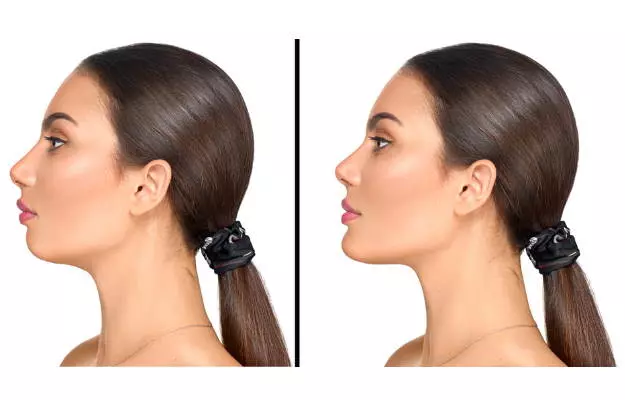Chin augmentation refers to surgical procedures for refining or improving the contour of the chin. It is a cosmetic surgery, useful for improving facial aesthetics, and is often performed along with rhinoplasty (nose reshaping).
There are two main methods of chin augmentation – alloplastic implants and sliding genioplasty. The surgery is a daycare procedure and results in acceptable outcomes.










































